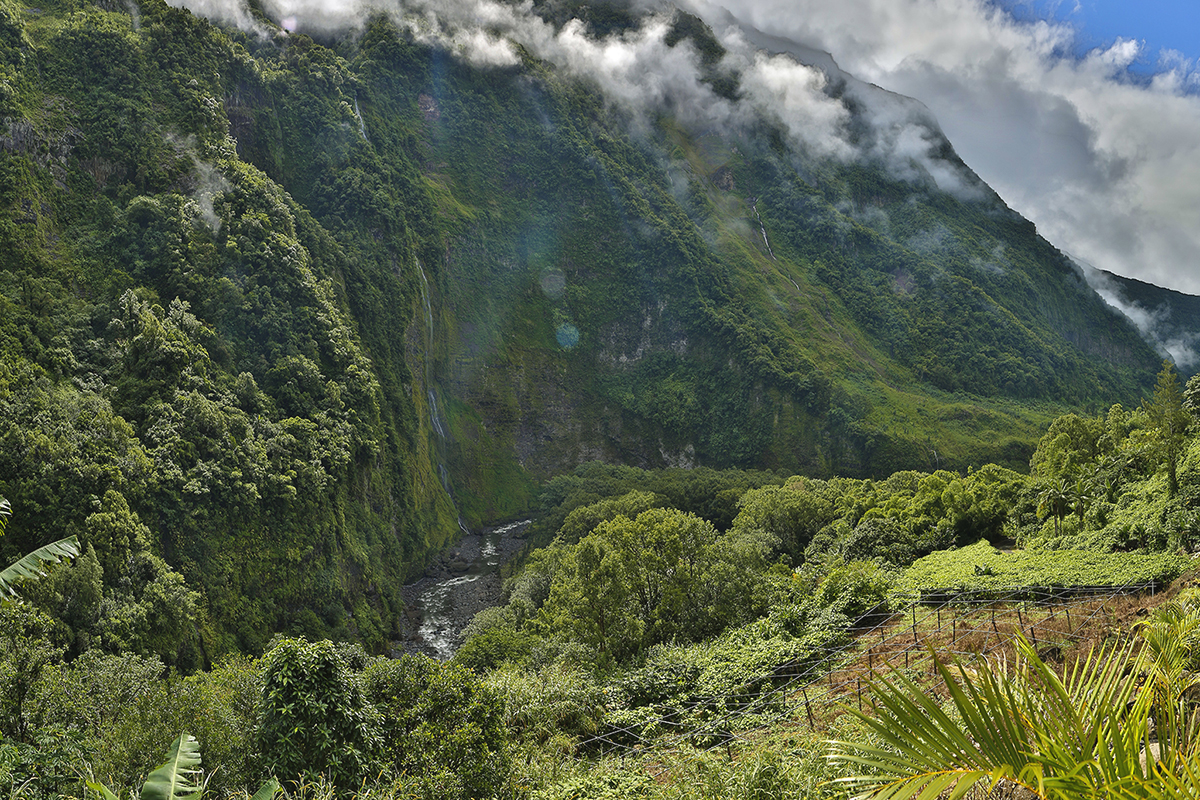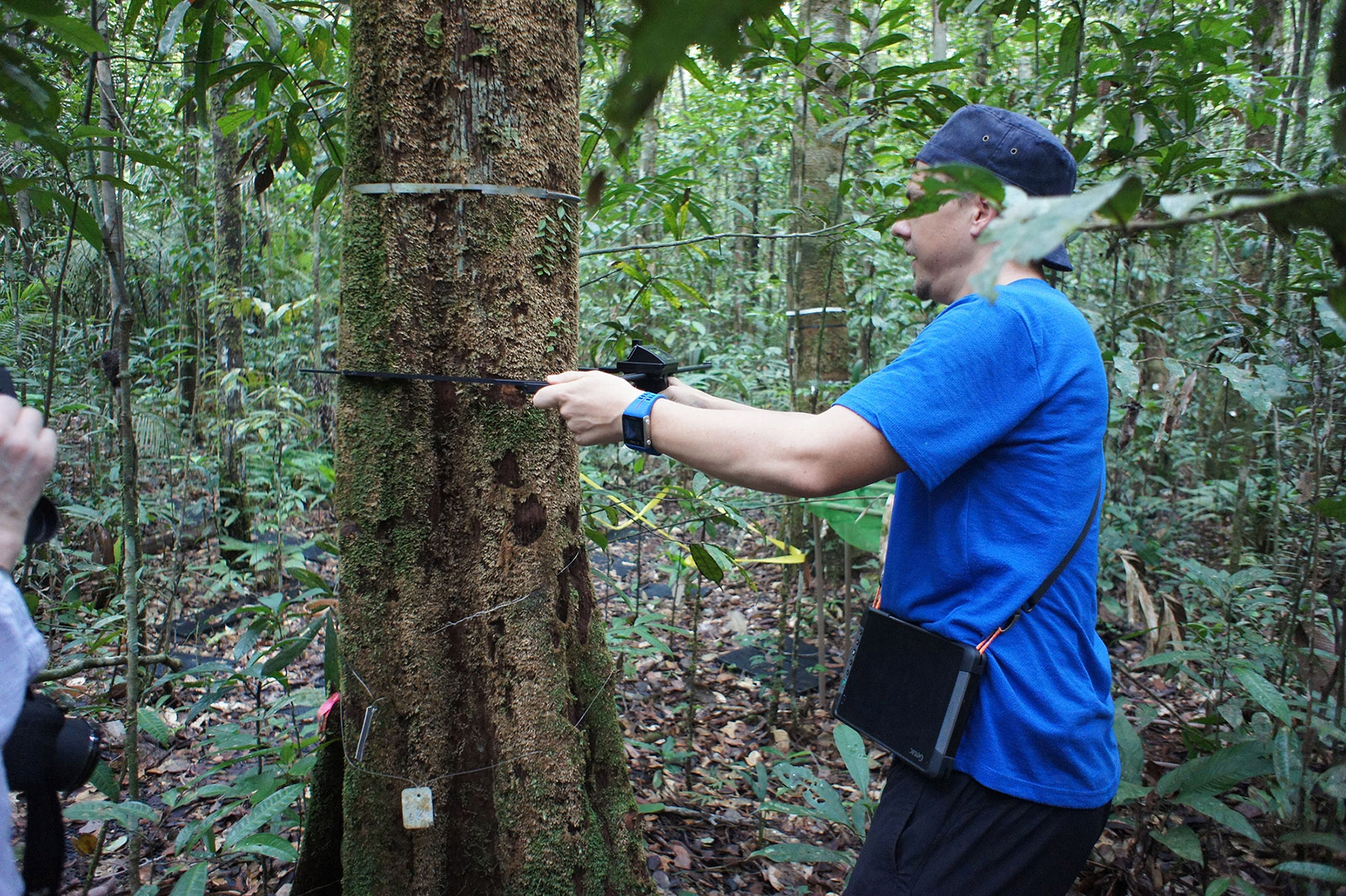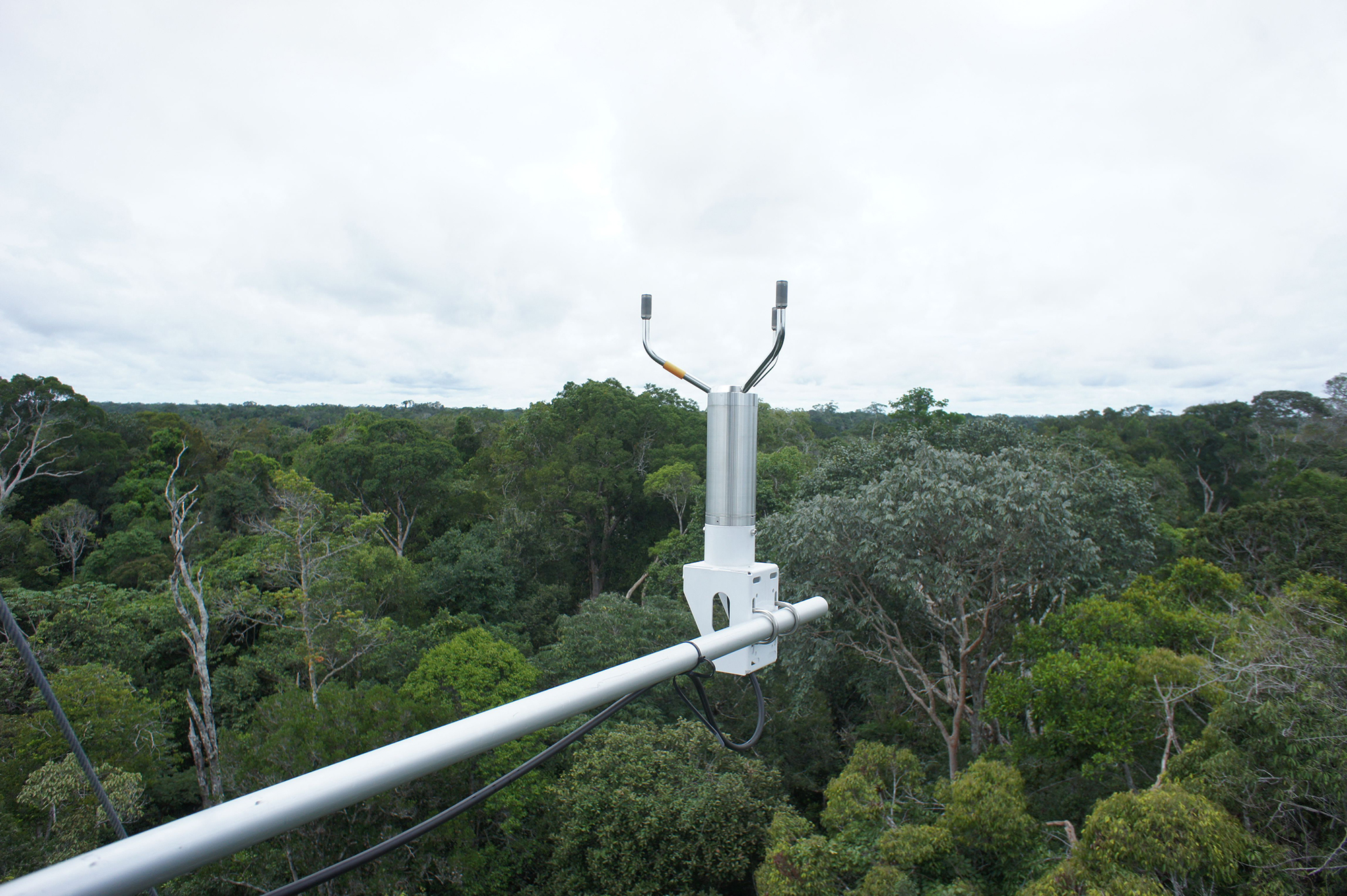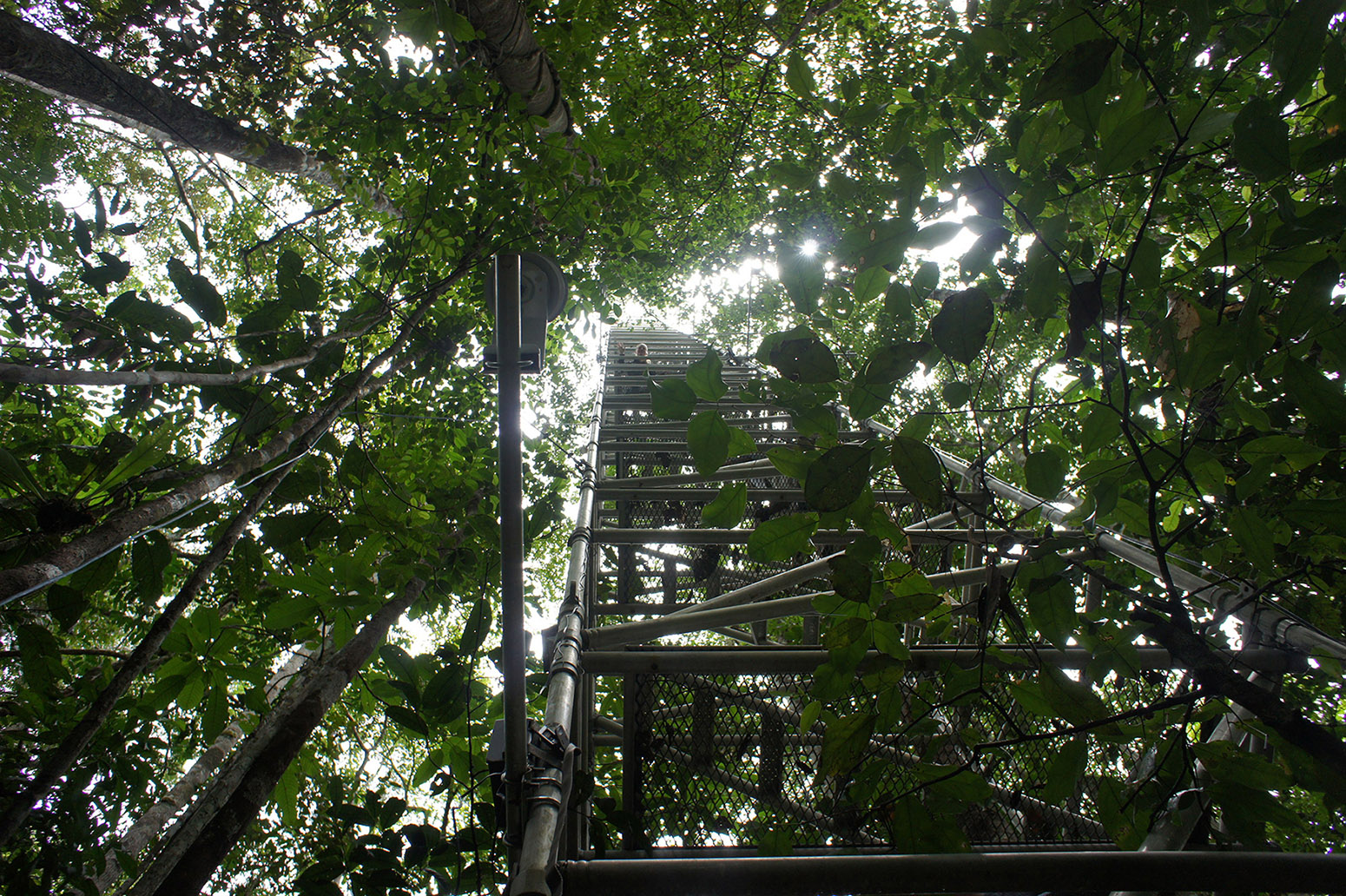
Guest post: Understanding CO2 fertilisation and climate change

Prof Richard Betts
04.25.16
Prof Richard Betts
25.04.2016 | 11:41amProf Richard Betts is head of climate impacts research at the Met Office Hadley Centre and chair in climate impacts at the University of Exeter.
The speeding-up of photosynthesis – known as CO2 fertilisation – is well-known to be an important consequence of higher CO2 concentrations, along with increased water use efficiency. Under higher CO2, plants do not lose so much water through their leaves, so can be less impacted by drier conditions.
But while the general principles of CO2 fertilisation are known, there is still much to learn about how these processes will operate under future conditions that have not yet been experienced.
For example, how much does nutrient availability limit the response of the plants to increased CO2? How does this interact with changes in weather and climate?How do different species respond, and how does this affect the interactions between them?
The net result of these complex, interacting effects is likely to vary from place, and change over time. If we wish to assess the future consequences of our influences on the climate system, it is imperative that we understand the interaction between these process and the impacts of climate change.
These are are crucial components of climate change research, as well as being important elements of understanding climate change feedbacks involving the carbon cycle, informing the further development of Earth System Models, and for getting a better idea of future impacts.
How do scientists study CO2 fertilisation?
Last week, I was lucky enough to visit one of the most exciting scientific experiments on the planet – AmazonFACE.
The acronym ‘FACE’ stands for Free-Air CO2 Enrichment, and is an established technique for studying the response of crops and ecosystems to the kinds of CO2 concentrations that we expect to see within a few decades, unless CO2 emissions are reduced substantially.
The FACE methodology involves releasing CO2 into the air around an area of ecosystem or crop under study. The plots can be a few metres or tens of metres in diameter. There are usually several such plots on one site, some with elevated CO2 and a number of control plots in which CO2 remains at normal background levels.
This is more challenging than other methods, such as closed or open-top chambers. The CO2 obviously blows away with the wind, so needs constant replenishment. But the method has the advantage of exposing the studied vegetation to natural conditions, as opposed to being in a controlled laboratory environment.
Doing so means the additional effects of weather can be taken into account, as well as impacts of pests and diseases. This is important as it makes the enhanced CO2 response more representative of what might happen in the environment in the future, as opposed to being constrained by controlled conditions.
Several FACE experiments have taken place at sites across the world over the past couple of decades, but AmazonFACE is particularly exciting because it is the first such experiment in a tropical forest.
Other important new FACE sites are also being set up. For example, BiFOR in deciduous forest on Cannock Chase in the English Midlands, and EucFACE in a Eucalyptus stand in subtropical Australia. It’s a very exciting time!
As an Earth System Modeller, I will find these new FACE experiments enormously useful. The Met Office Hadley Centre Earth System models have included the processes of CO2 fertilisation and increased water use efficiency for nearly 20 years, and other Earth System models do so as well. It is key component of climate modelling.
Despite claims to the contrary, the conclusions of the IPCC take CO2 fertilisation properly into account in the assessment of climate change feedbacks involving the carbon cycle, and in the assessment of the impacts of climate change on ecosystems. They are also starting to account for this in the knock-on consequences for water resources, but that is more cutting-edge science and less advanced.
However, the IPCC assessments also acknowledge the uncertainties in the models.
The current generation of models represent CO2 effects mostly based on understanding gained in the 1980s and 1990s, which is largely derived from smaller-scale studies in controlled conditions.
So, while they are based on the best understanding available at the time of their development, they will require updating as new information becomes available.
As the network of FACE sites continues to evolve and mature, and long-term results from the older studies continue to emerge in the literature, this is already providing new opportunities to better constrain the models. Work on this is actively in progress. The new FACE sites will provide further new opportunities to improve the models, especially in the tropics and subtropics.
Spotlight on the Amazon
AmazonFACE is particularly interesting to me due to my involvement in modelling studies, which suggested the potential for very severe impacts of climate change on the Amazon forests, even with CO2 fertilisation taken into account.
The older Met Office Hadley Centre model, HadCM3, (in)famously produced an emergent result of very substantial drying and warming in the Amazon, taking the regional climate below the threshold for which rainforest could be supported.
Other models, including the more recent version of the Met Office Hadley Centre model, do not give such a catastrophic result. But most do still simulate a trend towards drier conditions. This seems to be associated with particular patterns of change in sea surface temperature in the Atlantic and Pacific oceans, a teleconnection which is well-captured in climate models on seasonal timescales.
Therefore, while the old HadCM3 result may justifiably be regarded as unlikely, the possibility of substantial impacts still cannot be ruled out. It is, therefore, crucial to understand the extent to which CO2 fertilisation may continue to promote enhanced photosynthesis and water use efficiency in the future, in real-world conditions not just in artificial environments.
How much will CO2 fertilisation act to offset the effects of a drying, warming climate in the Amazon? We need to study the ecosystem processes to find out.

Florian Hofhansl measuring tree girth. Every tree – hundreds of them – within the FACE plot is numbered and monitored.
While we are perhaps lucky that CO2 has this effect on plant physiology, in addition to being a greenhouse gas, it is not our ‘get out of jail free’ card when it comes to our ongoing emissions of CO2.
There are a wide range of consequences of these emissions. Some could be seen as positive, such as enhanced crop growth due to higher CO2, but most are generally viewed as detrimental – e.g. a warmer, drier climate leading to increased risk of forest fires. Even the enhanced growth by CO2 has its downsides, as faster-growing plants such as lianas seem to more able to out-compete larger, slower-growing species such as large trees. But whether the impacts are viewed as ‘good’ or ‘bad’, climate science is studying them all, both in models and in the real world. It’s exciting, groundbreaking science with profound consequences for society.



